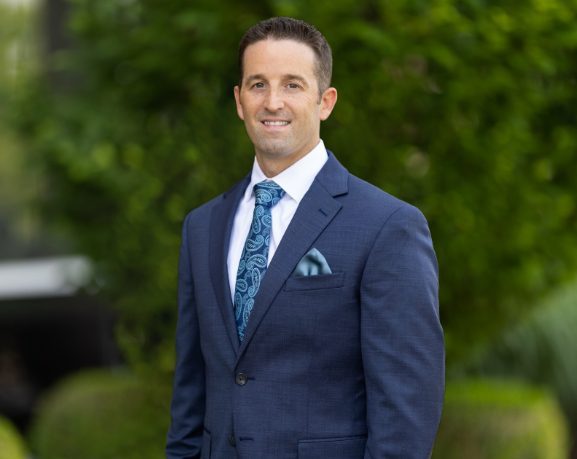 Orthodontists address issues in the mouth such as over/under bites, misaligned teeth, impactions, and conditions requiring dental appliances.
Orthodontists address issues in the mouth such as over/under bites, misaligned teeth, impactions, and conditions requiring dental appliances.
Often times though, oral surgery is needed to assist orthodontists in their treatment plans.
An oral surgeon will then carry out surgeries that address alignment problems in the patient’s mouth. Typically, these are done after growth in the jaw has stopped, which happen between the ages 13 and 16. Here are some of the most common surgeries and when they are used:
Extraction:
There are a number of conditions that will result in orthodontic tooth extractions. Possibly the most common occurs when wisdom teeth do not grow in properly. Additional reasons include bite problem, decay, and overcrowding.
Exposure:
Sometimes a tooth is engulfed in bone or tissue that prevents it from breaking the surface of the gum. The tooth is then considered “impacted.” An oral surgeon will surgically expose these teeth. Depending on the specifics of the condition, they will then force it to erupt or extract it.
Implants:
Where dental implants are designed to stay with the patient for a lifetime, orthodontic implants are generally temporary. They are designed to fix alignment problems in the mouth. This is accomplished by using implant fixtures as “anchors.” The anchors are attached to rotated teeth in such a way that leverage is created. This causes the rotated teeth to become straight over time.
Orthodontic surgery advances more all the time. In the last decade alone, a noticeable shift has occurred in the ease and efficacy of these treatments. If you experience any alignment issues in your teeth or jaw, your OMSNashville team will be there to assist.
The information and content on our website should not be used as a substitute for medical treatment or advice from your doctor.












